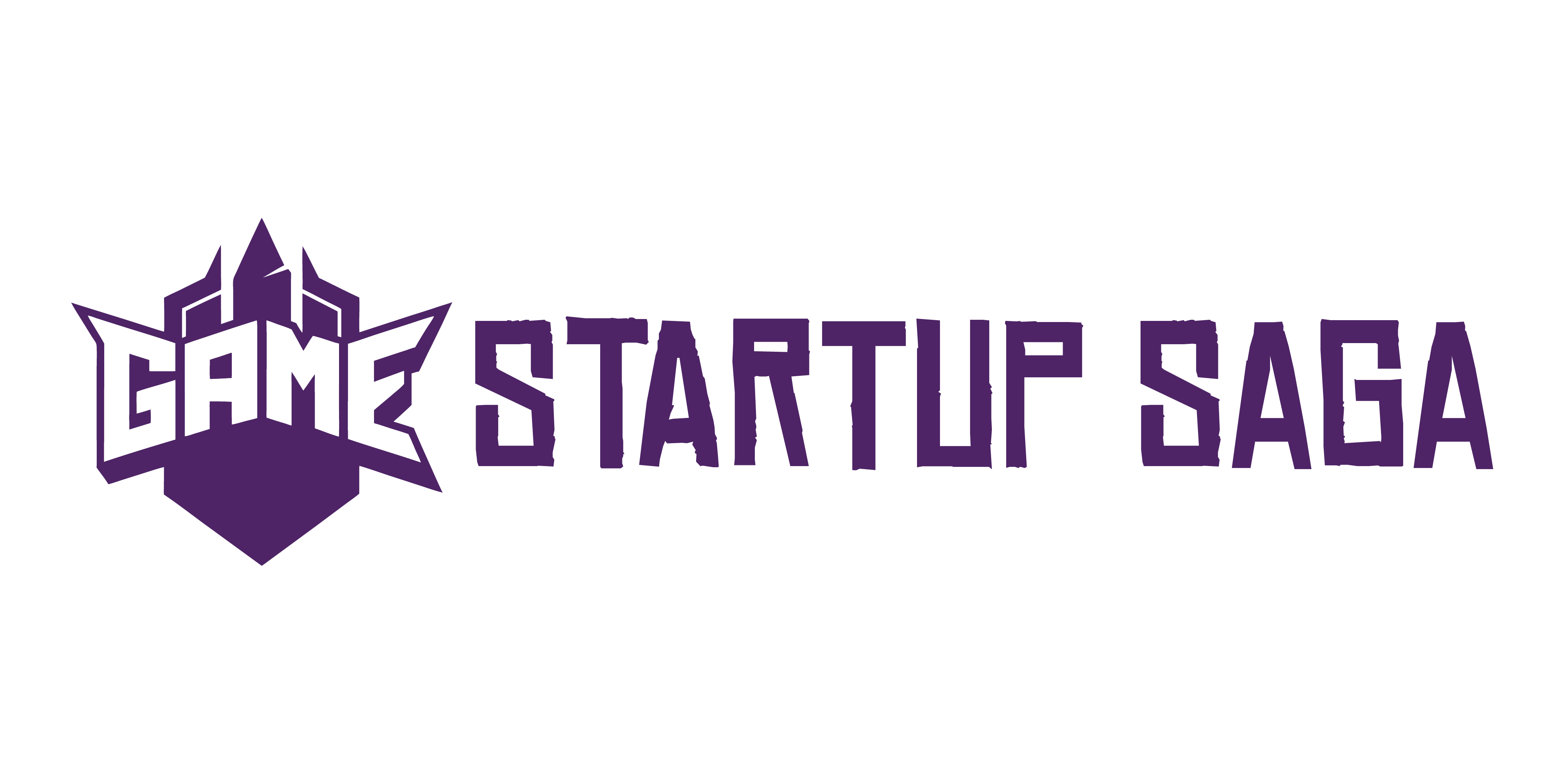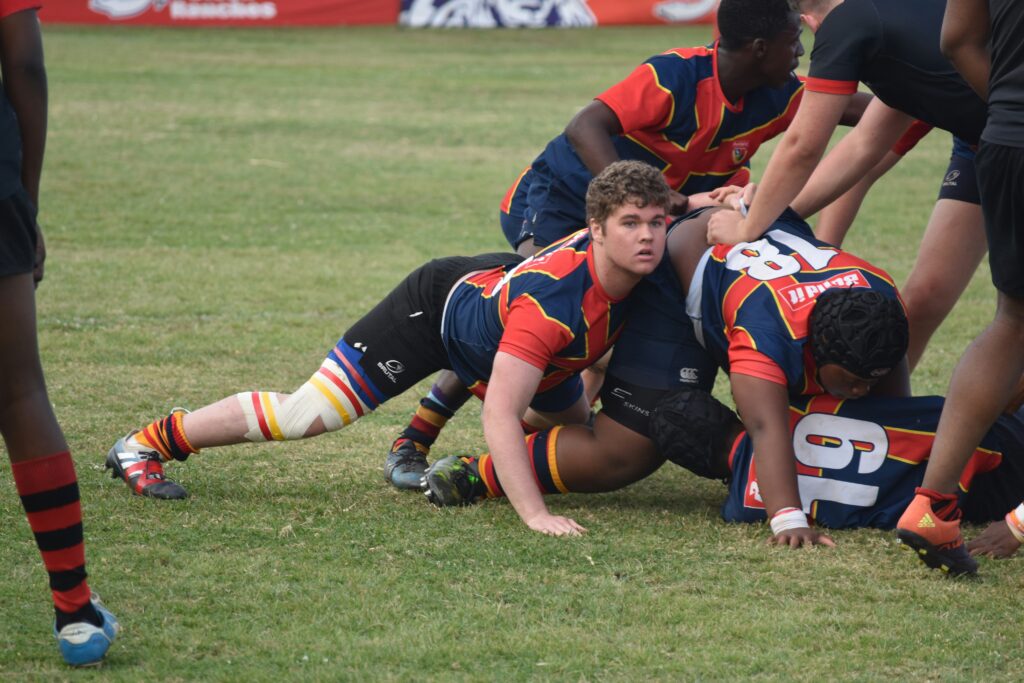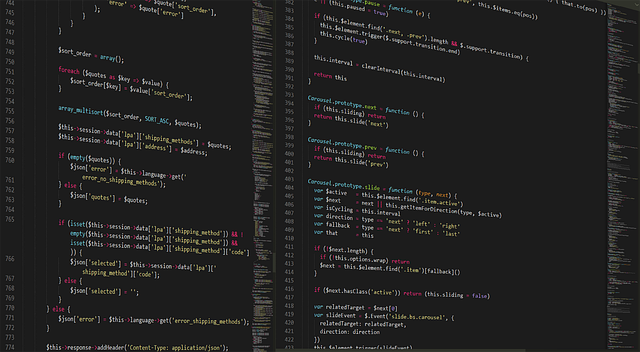Start With the Core Roles
You don’t need a massive team to start building a game that works. In fact, keeping it tight in the early days might be your biggest asset. The core roles are standard, but essential: a game designer to define the mechanics and feel, a programmer to build the technical backbone, an artist to give it visual life, a sound designer to elevate emotion and immersion, and a producer to keep the chaos moving in the right direction.
Every person wears more than one hat—by necessity and by design. This kind of lean starting lineup forces cross-talk, fast pivots, and mutual respect. There’s no room to hide, and that’s a good thing. A designer can’t float disconnected ideas if there’s no one to code them. An artist sees scope differently when they’re rendering every asset themselves. Everyone sees the whole.
You layer in specialists when there’s something mission-critical the core team can’t handle. Level design too janky? Bring in a level designer. Dialog feels flat? Call a narrative writer. But you don’t force-fit roles just to look like a “real studio.” You grow the team when the project demands it—not before.
Hire for Skill, Keep for Culture
You can always teach someone a new tool or workflow. What you can’t teach—at least not easily—is how to communicate clearly, check their ego at the door, and show up for the team. That’s why raw technical skill is the baseline. It gets someone in the room. What keeps them there is their ability to collaborate under pressure, take feedback without flinching, and contribute to momentum, not stall it.
When hiring, don’t stop at code tests or portfolios. Ask about how they handled a failed sprint. What they did when a teammate missed a deadline. Look for patterns in how they speak about past teams—are they problem-solvers or finger-pointers? Small tells during interviews say more than a resume ever will.
Once development is actually underway, trust becomes the currency. Game dev cycles hit turbulence—it’s part of the deal. What gets teams through it isn’t dazzling Unity knowledge; it’s believing the person next to you will do their part, stay calm when things break, and not bail when schedules shift. That trust doesn’t happen by accident. It gets set in the culture, reinforced in rituals (like retros and standups), and proven in the hard moments. Get that right, and the rest follows.
Communication is the Backbone
If you only do one thing right, make it this: set expectations early. Who owns what, what needs to ship when, and how decisions get made—all of it needs to be named upfront. Vague roles and fuzzy timelines are the fastest way to derail even the most talented team.
Real collaboration needs real tools. Slack keeps your conversations flowing, Trello makes tasks visible and tracked, and Unity Collab keeps your version control tight. It’s not about picking the fanciest platform, it’s about ensuring your team can move fast and know where things stand without hunting people down.
And here’s the kicker: every voice counts. If feedback only flows top-down, you’re stuck. A good system makes space for ideas from anywhere—yes, even your new intern. Ditch the ego. Build trust. That’s how the best games get made.
Leadership Matters More Than You Think
There’s a reason some teams ship on time—and others spiral. At the center of that difference is usually a sharp producer or project manager. This isn’t just a scheduling gig. It’s the spine of the entire operation, keeping creativity aligned with deadlines, resources, and reality.
A great lead doesn’t micromanage—they clear the path. They translate vision into doable chunks, know when to push and when to pull back, and keep everyone pointed in the right direction. Without that, good ideas stall. Scopes inflate beyond control. Tensions blow up where trust should live.
There’s a fine line between leading and managing. Managing is checking boxes. Leading is knowing which boxes matter and why. In a game dev environment, that means giving artists and engineers room to breathe while gently steering the project toward launch without derailment. Balance is everything. Too much control kills invention. Too little kills momentum.
So if you’re building a team or joining one, look at who’s calling the shots. If the leadership’s solid, you’ll know—because the chaos won’t be.
Embrace an Iterative Development Mindset
You’ll save yourself a lot of pain by baking iteration into your plan from day one. Tunnel vision is easy to fall into—especially when the roadmap gets tight and the build starts looking halfway respectable. Resist it. The cleanest way to dodge that trap is by hardwiring regular checkpoints into your schedule. These aren’t optional. Make moments where you step back, bring in fresh eyes, and question if the thing you’re building actually plays well—or just looks right in theory.
And don’t kid yourself: if playtesting starts in month six, it’s already feedback too late. Early playtests don’t just catch bugs—they reveal blind spots, pacing issues, unclear goals, and weak loops before they harden into the foundation. Test early, test scrappy, and repeat often. It’s not about perfect polish; it’s about brutal clarity.
For more on integrating feedback into dev cycles, check out Leveraging Player Feedback in Game Development.
Set the Foundation for Sustainability
A development team is only as strong as its ability to endure—not just through one game launch, but across multiple projects. Sustainability isn’t just good practice; it’s a competitive advantage.
Crunch Culture: A Myth That Needs Breaking
For years, crunch has been portrayed as a necessary evil in game development. But in reality, it’s often a product of poor planning, mismanaged scope, or lack of leadership.
- Crunch erodes morale, creativity, and long-term productivity
- Burnout leads to turnover and missed deadlines—not better results
- Sustainable progress always outperforms short-term sprints that damage the team
Balance Workloads and Respect Time
Building realistic timelines is just as important as game mechanics. If your team is constantly racing, they can’t iterate, innovate, or grow.
- Create thorough and honest milestone plans
- Adjust scope or timelines instead of demanding more output
- Track workloads to prevent overextension before it happens
Prioritize Mental Health and Human Needs
Developers are people first. Teams that thrive are led with empathy and mutual respect.
- Schedule regular mental health check-ins, individually or group-based
- Normalize time off, boundaries, and communication around stress
- Encourage leaders to model healthy work behaviors
Build a Team That Wants to Stay
Sustainability means building careers, not just filling gaps for a project cycle. When people feel seen, valued, and supported, they stay—and they bring their best work with them.
- Offer growth opportunities within the team structure
- Celebrate incremental wins, not just end-of-project goals
- Promote a studio culture that puts people over product
Long-term success in game development doesn’t just come from talent—it comes from a team that’s fueled by health, trust, and purpose.
Keep Learning, Together
No one joins a game dev team expecting to know everything on day one—and they shouldn’t. The strongest teams are the ones that never stop learning. Encourage side projects, hack days, and cross-role experiments. Let artists tinker with code. Let devs try sound design. Skill-sharing doesn’t just make your crew more versatile—it builds trust and breaks down silos.
Show up at game jams. Hit industry events. Join that weird Discord server where someone’s rebuilding a PlayStation 1 demake from scratch. These aren’t just fun distractions—they’re training grounds. You’ll learn faster at a 48-hour jam than during weeks of siloed work.
Perfection’s a dead end. Improvement is the real metric. Build a culture where every project, win or fail, teaches you something new. When that mindset sticks, you’re not just making games—you’re building a team that levels up together.
Final Take
A great game isn’t just code and art—it’s the people behind it. The foundation of any strong game development effort is a team that trusts each other, communicates clearly, and is built for more than just a release date. Flashy prototypes can come from lone wolves, but full games—the kind that last—require a crew that sticks through delays, changes, and hard feedback.
Trust makes crunch unnecessary. Communication avoids rework. Shared vision keeps morale from tanking halfway through year two. That’s how you build for the long haul. The best teams aren’t the biggest or flashiest—they’re the ones that adapt without falling apart.
Build smart. Stay lean when you can, scale when you must. When your culture fits the project and the people, talent won’t just show up—they’ll stay. And with the right team on board, the game you’re building has a real shot at leveling up beyond expectations.




